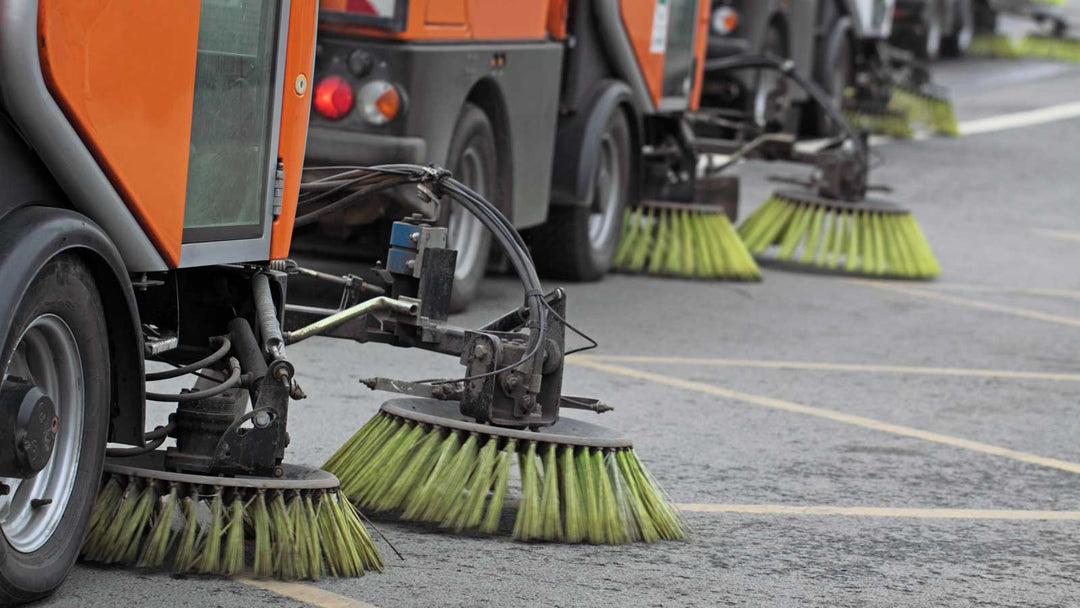Hydraulic Disc Brake Bleeding: A Step-by-Step Guide
Hydraulic Disc Brake Bleeding: A Step-by-Step Guide
Introduction
Hydraulic disc brakes are a crucial component for ensuring safety and performance in modern bicycles. Over time, air bubbles can enter the hydraulic fluid, leading to decreased brake performance and increased stopping distances. This guide will walk you through the process of bleeding hydraulic disc brakes, ensuring your ride remains safe and responsive.
Why Bleed Hydraulic Disc Brakes?
Bleeding hydraulic disc brakes is essential for maintaining optimal performance. Here are a few key reasons why this maintenance is crucial:
- Prevents Brake Failure: Removing air from the brake lines increases the efficiency of your brakes.
- Improves Brake Response: Bleeding enhances the responsiveness of the brake lever.
- Maintains Brake Feel: It helps keep the brake lever feel consistent and firm.
Tools and Materials Needed
Before you begin, ensure you have the following tools and materials:
- Brake bleeding kit specific to your brake model
- Fresh hydraulic brake fluid
- Gloves and safety glasses
- Clean rags
- Isopropyl alcohol for cleaning
Step-by-Step Bleeding Process
Step 1: Prepare Your Bike
Position your bike in a stand or upside down to allow easy access to the brake system. Ensure the area around the brakes is clean.
Step 2: Set Up the Bleeding Kit
Attach the bleeding kit to the brake caliper and brake lever according to the manufacturer's instructions. This typically involves fitting a syringe filled with fresh brake fluid to the caliper and an empty syringe to the brake lever.
Step 3: Flush the System
1. Slowly depress the plunger on the caliper syringe to push fluid through the system.
2. Watch for air bubbles entering the syringe attached to the brake lever.
3. Repeat until no more air bubbles appear.
Step 4: Refill the Brake Fluid
Once all air is removed, gently pull back on the brake lever syringe to create a vacuum and then push fluid from the caliper syringe to refill the system. Ensure that the fluid level in the lever reservoir is topped up to the recommended level.
Step 5: Close the System
Detach the syringes and securely close the bleed ports on both the lever and the caliper. Wipe any spilled fluid with a rag soaked in isopropyl alcohol.
Step 6: Test the Brake
Before taking your bike out for a ride, test the brake lever at a stationary position. It should feel firm and responsive. If the lever feels spongy, repeat the bleeding process to ensure all air is removed from the system.
Conclusion
Regular maintenance of hydraulic disc brakes, including periodic bleeding, is essential for performance and safety. This guide provides a comprehensive approach to help you keep your brakes in top condition. Remember, if you're unsure about performing this task, it's always best to seek help from a professional mechanic.
Call-to-Action
Ready to ensure your bike is in top riding condition? Visit our blog for more DIY maintenance tips or contact our expert mechanics for professional services. Stay safe and enjoy your ride!






